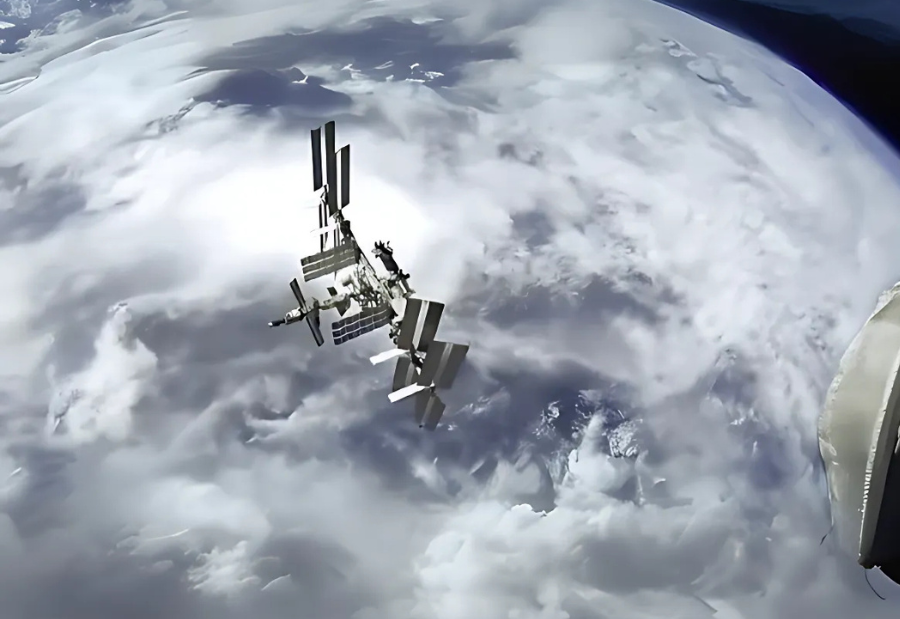Indian astronaut Shubhanshu Shukla has described a rare orbital event he experienced during his 18-day Axiom-4 mission, explaining why the sun sometimes never seems to set aboard the International Space Station (ISS).
In a detailed post on X, Shukla shed light on the phenomenon of white nights in orbit. While on Earth the term usually refers to high-latitude summers where the sun never dips below the horizon, in space the effect is governed by orbital geometry.
Astronauts on the ISS normally see about 16 sunrises and sunsets every 24 hours as the station orbits Earth at high speed. But Shukla explained that this pattern can change depending on the beta angle—the angle between the orbital plane and the sun.
When the beta angle is near zero, almost half the orbit is in darkness. When it rises closer to 90 degrees, the station can remain in continuous sunlight. Even with a beta angle below 90 degrees, the sun may dip but never fully disappear, creating a sense of perpetual day.
During his mission, Shukla’s Dragon spacecraft docked just before a high-beta event, with the angle climbing above 60 degrees. Such conditions create operational challenges, as constant sunlight prevents the station from shedding heat efficiently. For safety, docking and undocking are avoided during these periods to reduce risks of thermal stress.
Shukla recalled that in the Space Shuttle era, crews used “barbeque mode,” slowly rotating the shuttle to balance heat exposure. However, this is not possible during the precise manoeuvres needed for docking.
High-beta angles also impact the ISS solar arrays, which normally pivot to optimise power generation. Under persistent sunlight, their movement becomes restricted, and engineers must carefully manage uneven thermal loads to avoid damage.
The unexpected result of this cosmic alignment was an extended mission. Shukla and his crew spent four extra days in orbit, a bonus he summed up cheerfully: “I am not the one complaining.”
His firsthand account not only reveals how the cosmos choreographs light and shadow but also provides vital insights for training astronauts for India’s upcoming Gaganyaan Mission.
Also read: Viksit Workforce for a Viksit Bharat
Do Follow: The Mainstream formerly known as CIO News LinkedIn Account | The Mainstream formerly known as CIO News Facebook | The Mainstream formerly known as CIO News Youtube | The Mainstream formerly known as CIO News Twitter |The Mainstream formerly known as CIO News Whatsapp Channel | The Mainstream formerly known as CIO News Instagram
About us:
The Mainstream formerly known as CIO News is a premier platform dedicated to delivering latest news, updates, and insights from the tech industry. With its strong foundation of intellectual property and thought leadership, the platform is well-positioned to stay ahead of the curve and lead conversations about how technology shapes our world. From its early days as CIO News to its rebranding as The Mainstream on November 28, 2024, it has been expanding its global reach, targeting key markets in the Middle East & Africa, ASEAN, the USA, and the UK. The Mainstream is a vision to put technology at the center of every conversation, inspiring professionals and organizations to embrace the future of tech.




